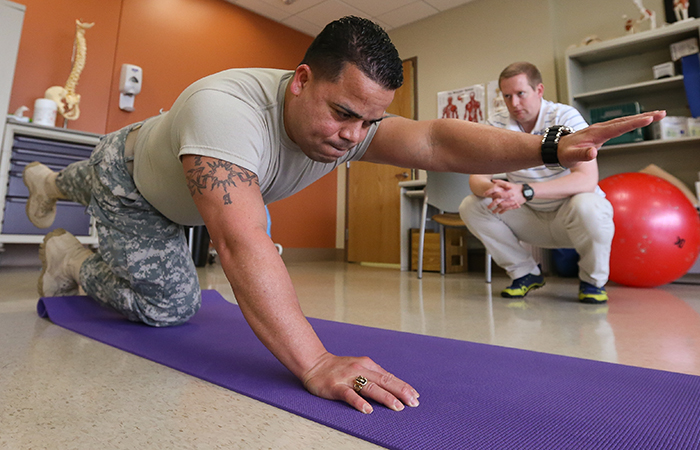The Social Determinants of Health and Demographic Change (OPIK) research group of the UPV/EHU is a multidisciplinary team in the field of social and health sciences and is devoted, among other things, to research into the social factors influencing health and disease in the population, social inequalities in health and the policies having the potential...
Health
Accessing Medical Records Improve Patients Care — but Only 10% of Patients Do So
Despite the numerous benefits associated with patients accessing their medical records, a study by a Portland State University (PSU) professor found only 10% of patients utilize the resource. Researchers expected to find inequities in use and access — in theory driven by existing digital disparities, those who don’t use English as a first-language or communities...
New Drugs More Likely to Be Approved If Backed Up by Genetics
A new drug candidate is more likely to be approved for use if it targets a gene known to be linked to the disease; a finding that can help pharmaceutical companies to focus their drug development efforts. Emily King and colleagues from AbbVie report these findings in a new study published last week in PLOS...
How Does Political News Affect Moods? New Study in Young Doctors Shows Real-Time Effects
They work in a bubble of 80-hour work weeks, and 24-hour shifts. They’re caring for patients for the first time, while still learning the ropes of the medical profession. The constant stress wears on their mental health. But for first-year doctors who started their careers in the past few years, a new study shows that...
Study Supports Long-Term Benefits of Non-Drug Therapies for Pain
A new study based on Veterans Affairs health records finds that non-drug therapies given to military service members with chronic pain may reduce the risk of long-term adverse outcomes, such as alcohol and drug disorder and self-induced injuries, including suicide attempts. The findings appeared online October 28, 2019, in the Journal of General Internal Medicine....
Black/White Breast Cancer Subtype Incidence in Men Differs from Trends in Women
Incidence rates for hormone receptor positive (HR+) breast cancers are considerably higher in black men than white men, in stark contrast to lower incidence rates of those cancer subtypes in black versus white women. That’s according to a new American Cancer Society study that used nationwide data to provide the first report on differences in...
Training Middle-School Educators to Identify Suicide Warning Signs
Aside from car crashes, suicide is now the second-leading cause of death among young people in the United States, according to the Centers for Disease Control and Prevention. In Ohio alone, suicide is the leading cause of death for 10- to 14-year-olds, according to new data from the state’s health department. Experts agree that among...
Increasing Transparency in the Healthcare Sector: More Might Not Be Better
Increasing quality transparency in the short-term typically improves social welfare and reduces inequality among patients. Increasing transparency in the long-term can decrease social welfare and increase inequality. The best solution is to target public reporting to specific patient populations and incentivize hospitals. More isn’t always better. That’s what researchers say when it comes to transparency...
Print Me an Organ — Why Are We Not There Yet?
3D bioprinting is a highly-advanced manufacturing platform that allows for the printing of tissue, and eventually vital organs, from cells. This could open a new world of possibilities for the medical field, while directly benefiting patients who need replacement organs. Instead of waiting for a suitable donor or having the risk of their body rejecting...
How to Infuse Oils, Vinegars, and Booze Without Getting Sick
Many infused oils, honeys, vinegars, and liquors could pose significant health risks, but there are ways to make these popular holiday gifts much safer. Foods that aren’t processed correctly or stored at the proper temperature can become a breeding ground for bacteria. The same is true for foods that are not sufficiently acidic. For example,...










